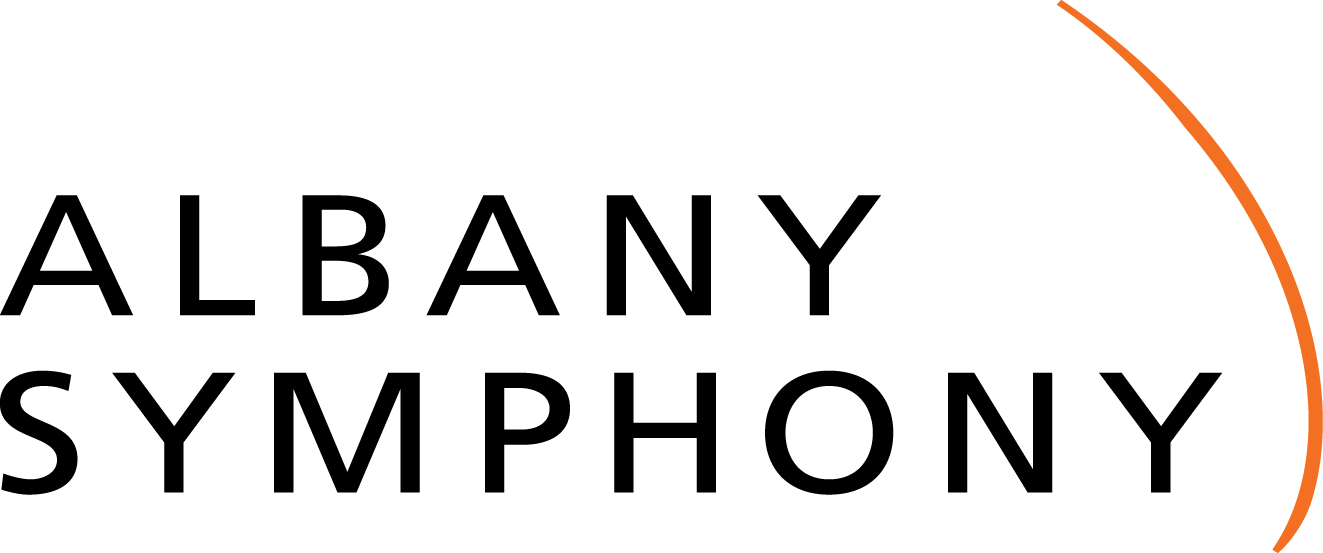Labor Day is much more than a long weekend of family BBQ’s, back to school sales, and bonfires. It is a national tribute to the American worker who works day in and day out to provide for their family and their community. It is a day set aside to honor American ingenuity and the spirit of progress. It is a holiday when the nation stops to recognize the important contributions that workers have made to the strength, prosperity, and well-being of our nation. So, this weekend, be sure to tip your hat and raise your glass to you, the American worker.
From Paul Robeson to Haydn and Joan Tower, enjoy our collection of works that embody the spirit of Labor Day.
PAUL ROBESON | “JOE HILL”
Paul Robeson, an American baritone and stage and film actor, was widely known for both his artistic accomplishments and political activism. Robeson was the son of an escaped slave who fled to New Jersey to become a Presbyterian minister and was outspoken about racial injustice. Throughout his performance career, Robeson actively supported the Civil Rights Movement and performed benefit concerts for labor organizations. In 1943 he starred in Othello on Broadway at the Schubert Theatre and later “blacklisted” during the paranoia of McCarthyism.
HAYDN | FAREWELL SYMPHONY
Turns out Haydn’s beloved Symphony No. 45 has a history of being a “protest song.”
The story began in 1772, while Hayden was royal conductor to Hungry’s Prince Nikolaus Esterházy. After a long season, the Prince ordered the exhausted musicians to stay at his castle to perform a new symphony. Haydn was sympathetic to the musician’s plight and composed a special ending in honor of the musicians.
At the end of the final movement, just before the climax of the finale, Haydn paused the music and replaced the robust ending with a much slower adagio. As each musician completed their part, they snuffled the candle and quietly left the stage. By the end of the piece, only Hayden and two violinists were left.
JULIA WOLFE | ANTHRACITE FIELDS
The Gilded Age of America and most of the 20th century was powered by coal and the miners who harvested it from the mines. Anthracite Fields digs deep into American labor history and the stories of the workers who persevered and endured the dangers of coal mines.
JOAN TOWER | FANFARE FOR THE UNCOMMON WOMEN & AARON COPLAND | FANFARE FOR THE COMMON MAN
Without a doubt, Aaron Copland’s Fanfare for the Common Man is one of America’s most recognizable musical works. Some say its due in part to its name, which Copland took from a speech by Vice President Henry Wallace who proclaimed the 20th century “the century of the common man.” But, for many the title alone is incomplete and does not create a complete musical portrait of American progress. Composer, Joan Tower, completes this musical portrait with a series of 6 inspired fanfares dedicated to uncommon women. Composed between 1987 and 2014, Tower’s Fanfare’s for the Uncommon Woman pays tribute to bold and pioneering “women who take risks and are adventurous.” Tower’s first fanfare quotes Copland’s Fanfare and uses the exact same instrumentation.
LEROY ANDERSON | THE TYPEWRITER
Approximately 160 million American’s head to work each day and approximately 68% of workers use a computer on the job. This light and fun composition by Leroy Anderson turns the mundane sound of a clicking keyboard into an entertaining and comical concerto for typewriter and orchestra. Next time you sit down at your desk to write an email, type it like you’re making your debut at Symphony Hall.
DAME ETHEL SMYTH | CONCERTO FOR VIOLIN, HORN, AND ORCHESTRA
Dame Ethel Smyth pursued her musical studies and career against her family’s wishes and despite her incredible talent she faced considerable discrimination throughout her entire career. In 1910, Smyth joined the Women’s Social and Political Union and stopped composing in order to support the Suffrage movement. That same year she composed the movements anthem, The March of the Women before she was arrested and imprisoned. Smyth began composing again in 1912 and in 1926 Smyth composed her Concerto for Violin, Horn, and Orchestra, a virtuosic work with a heroic first movement.

